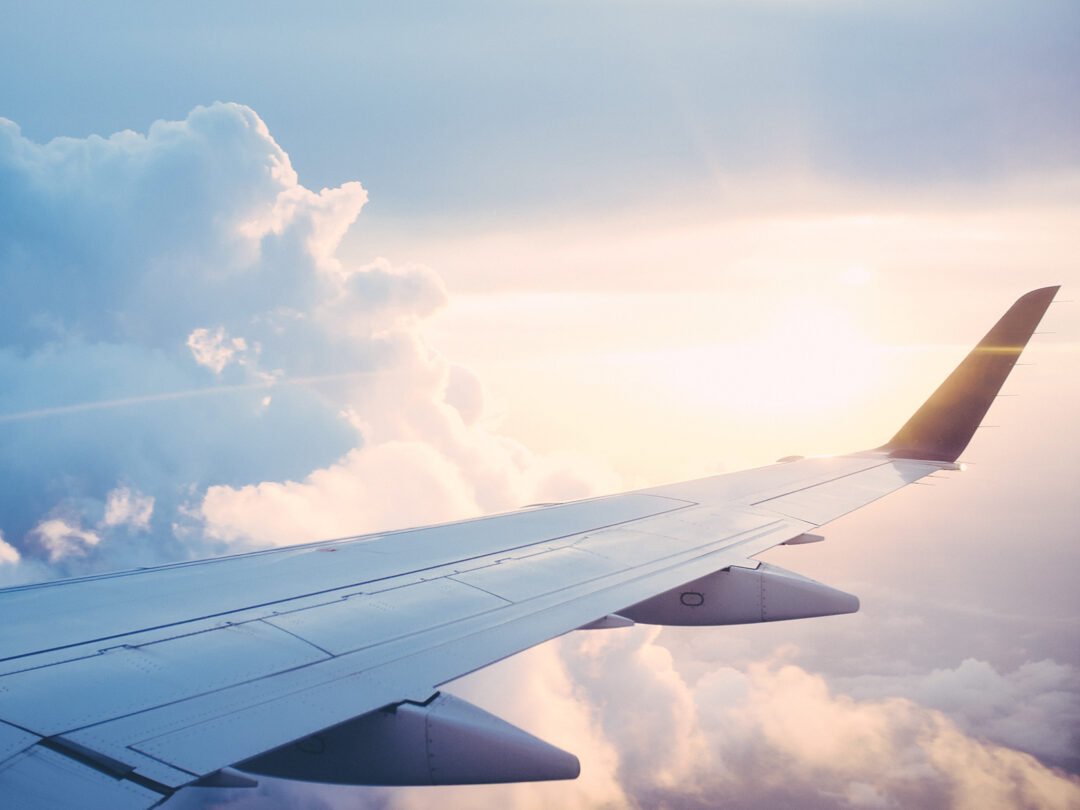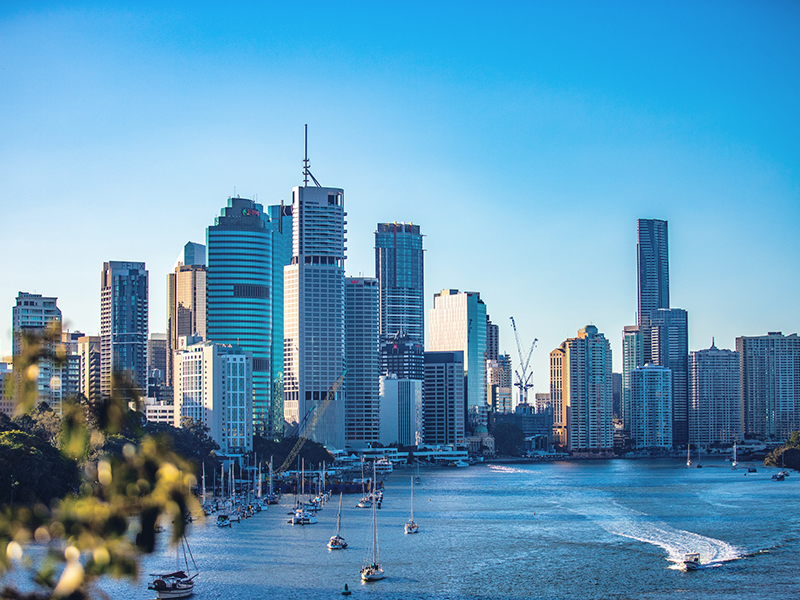September 2nd, 2022
How to attract the right Property Managers in 2022
Property Management
Property Management

At the Jobs and Skills Summit held earlier this year, increased immigration was identified as key to addressing critical skills shortages. While opening the discussion on immigration initiatives, Home Affairs Minister, the Hon. Clare O’Neil, specifically referenced migrants supporting teaching, nursing, engineering, and fruit picking. However, this is only a small selection of industries that rely on immigration to keep running.
While increasing immigration should help strengthen the economy, it may also create challenges for the real estate sector. In particular, it will increase competition for rentals, making it harder for tenants to find, and secure, a home. Here we take a closer look at this issue and what you should expect to see as immigration rates rise.

At the aforementioned Jobs and Skills Summit, the Australian Government committed to increasing the country’s permanent skilled migration rate. Previously set at 160,000, Australia will now welcome up to 195,000 new skilled migrants in 2022/23. This is in addition to the 500,000+ international students that are currently enrolled in Australian educational institutions.
For those wishing to migrate to Australia, there are certain eligibility criteria they need to meet. Most significantly, they need to be qualified to practice or study one of the eligible skilled occupations. This list includes everything from Accountants and Actuaries to Welders and Wood Workers, and even Zookeepers.
Noting this requirement, most migrants are likely to settle in a capital city or large regional centre. This is because that is where they are most likely to find a job that suits their skills and experience. That said, some visa classes will require them to move to more remote locations where their skills are most required.

In Australia, the net international migration rate is the main driver of population growth. This was highlighted recently when the closing of international borders caused the annual population growth rate to drop to 0.1%. It also means that overseas migrants significantly contribute to the growing demand for housing, both to rent and to own.
Ideally, increases in the demand for properties would be balanced against increases in the supply of new homes. However, this is not always the case, and demand often significantly outstrips supply, resulting in a shortage. This increases the competition for available properties which, in turn, puts upward pressure on prices.
It is also worth noting that, while overseas migration has traditionally impacted the larger capitals, other areas experience knock-on effects. This is because, as the population grows in one city, properties become less affordable, congestion increases, and liveability declines. In response, existing residents start looking for better value and amenities in other locations, which leads to increased domestic migration.

The Brisbane rental market is the perfect illustration of the potential impact increased immigration could have. According to CoreLogic data, Brisbane is already one of Australia’s tightest rental markets, with a vacancy rate of 0.9% (as of September 2022). This has had a significant impact on rental prices, with the median rent in Brisbane increasing 13.5% over the last year.
One of the biggest reasons for this is Brisbane’s popularity with domestic migrants. In fact, in 2020, when most other capitals recorded net losses, Brisbane welcomed approximately 13,000 new residents, mostly from interstate. While this trend is expected to ease, forecasts suggest Brisbane will have average annual net domestic migration of 8,750 over the next 5 years.
At the same time, with international borders now open, Brisbane will also start to see the return of overseas migrants. The same forecasts suggest that Brisbane will have an average annual net overseas migration of around 16,250. This means that there will be an average of 25,000 additional people looking for somewhere to live each year.
This will only add further heat to what is an already hot market. It will also disproportionately affect the rental market, as most new arrivals prefer to rent while they settle in.